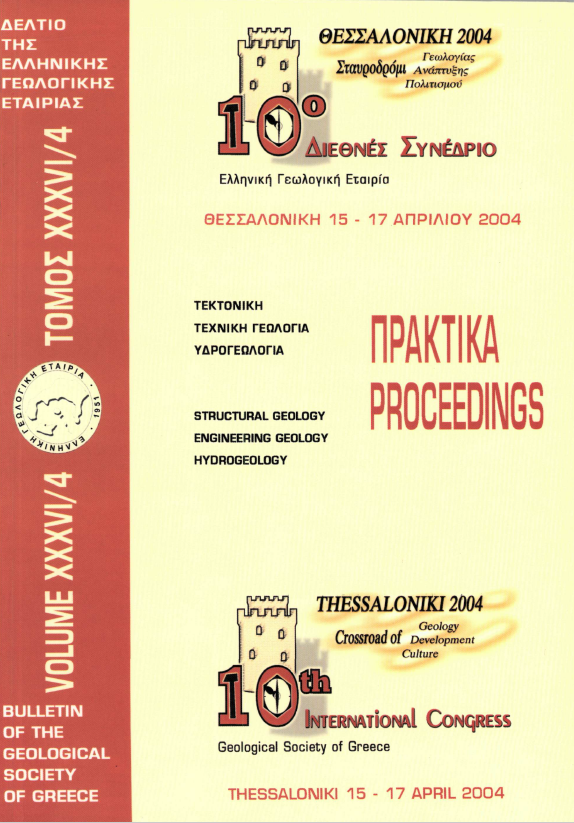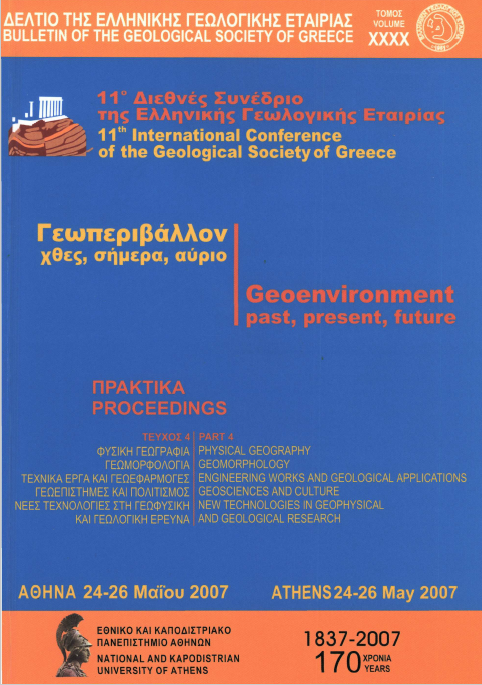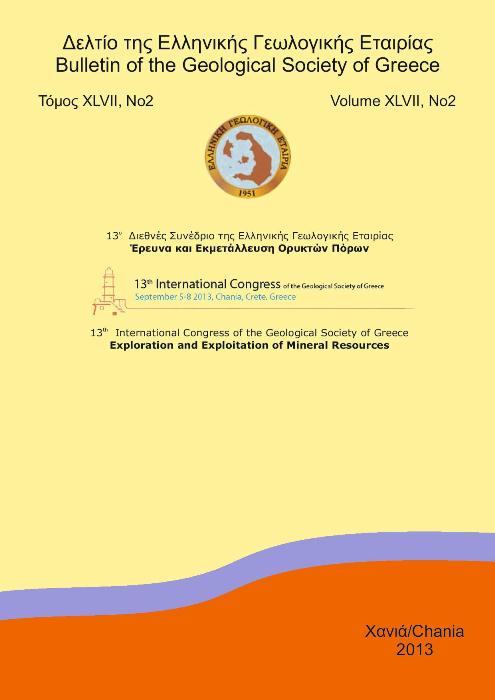PATTERNS AND CONDITIONS OF DEFORMATION IN THE PLATTENKALK NAPPE , CRETE , GREECE : A PRELIMINARY STUDY
Résumé
We present preliminary results from an ongoing study of deformation and fluid flow within the meta-carbonates of the Plattenkalk nappe exposed in central and western Crete, Greece. Deformation was controlled by lithological properties and is mainly expressed as makro- to meso-scale folds and localized thrusts. Folds along several profiles are mainly asymmetric flexural-slip folds with south to southeast vergence, sub-horizontal east-west trending fold axes, and variable fold opening angles. The large folds commonly invert the stratigraphie section. Variable recrystallization near cracks and bedding contacts within the carbonate rocks suggests that localization of fluids into channelways left much of the rock sequence "dry" during metamorphism. The style of the late Tertiary deformation and general tectonic setting for the Plattenkalk nappe suggests that accretion and deformation are "thin-skinned".
Article Details
- Comment citer
-
Fassoulas, C., Rahl, J. M., Ague, J., & Henderson, K. (2004). PATTERNS AND CONDITIONS OF DEFORMATION IN THE PLATTENKALK NAPPE , CRETE , GREECE : A PRELIMINARY STUDY. Bulletin of the Geological Society of Greece, 36(4), 1626–1635. https://doi.org/10.12681/bgsg.16566
- Rubrique
- Tectonics and Geodynamics

Ce travail est disponible sous licence Creative Commons Attribution - Pas d’Utilisation Commerciale 4.0 International.
Authors who publish with this journal agree to the following terms:
Authors retain copyright and grant the journal right of first publication with the work simultaneously licensed under a Creative Commons Attribution Non-Commercial License that allows others to share the work with an acknowledgement of the work's authorship and initial publication in this journal.
Authors are able to enter into separate, additional contractual arrangements for the non-exclusive distribution of the journal's published version of the work (e.g. post it to an institutional repository or publish it in a book), with an acknowledgement of its initial publication in this journal. Authors are permitted and encouraged to post their work online (preferably in institutional repositories or on their website) prior to and during the submission process, as it can lead to productive exchanges, as well as earlier and greater citation of published work.






